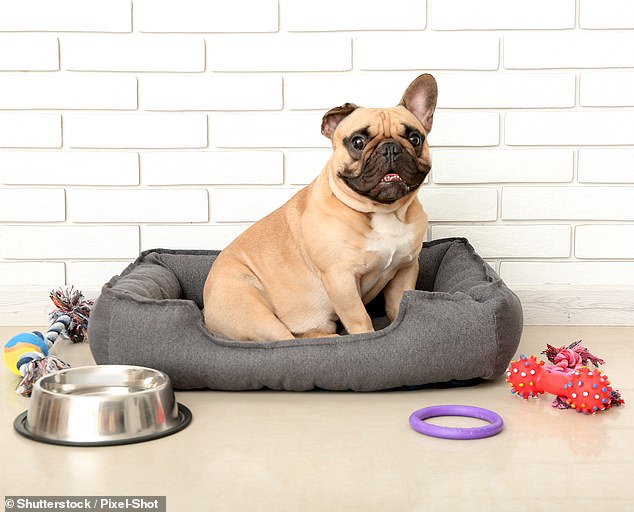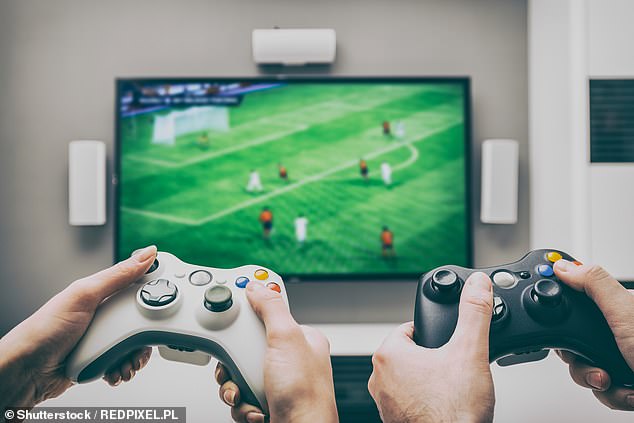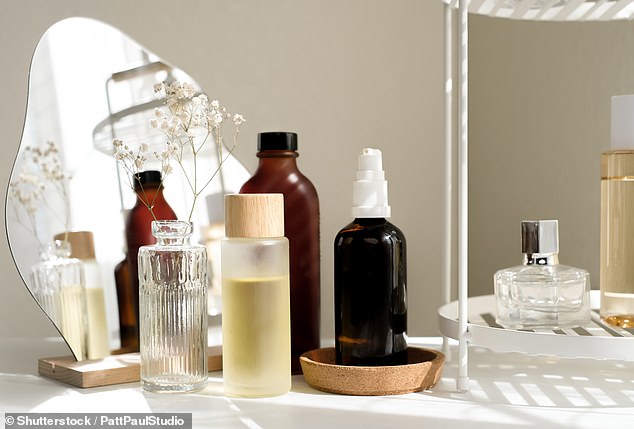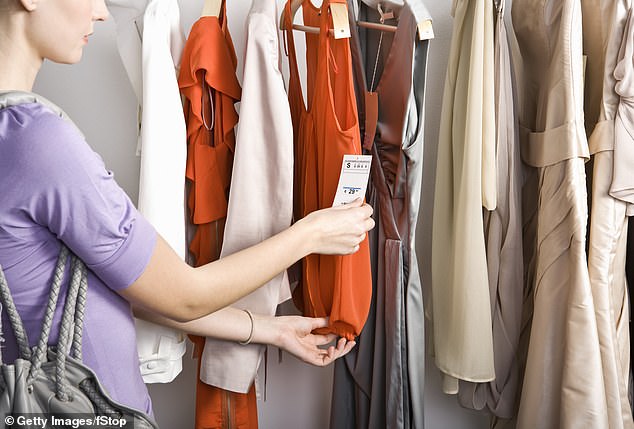The latest spending habits of Australians have been revealed, highlighting what people spend the most money on and the items they avoid to cut costs.
Shoppers are spending more on pet supplies, games, cosmetics and skin care this year, but are cutting back on home goods and decor, electronics and baby and nursery products.
The trends were revealed in Roy Morgan. The Future of Retail: A Business Direction from Roy Morgan which explored the spending habits of Australian consumers amid cost of living pressures between April 2023 and March 2024.
The surprising category that saw the biggest increase in spending over the past year in Australia was pet supplies.
Pet owners pamper their furry friends with things like beds, toys, food, leashes, collars, grooming accessories, and treats.
Australians are spending more on things like their pets, games and beauty, while skimping on home decor and TVs (file image)
Many Australian Redditors have been discussing what they are and aren’t budgeting for, as many have changed their financial priorities due to the current cost of living crisis and rising inflation rates.
Those who have pets said they spend “thousands” on their animals with “no regrets or hesitation.”
“I spend thousands of dollars and not even on essential things, like stupid things I think it’s cool that they don’t like a trash robot and a robot vacuum to clean up the trash they track,” said one user.
“A cat wheel, cat-sized couches, lots of cat trees and scratching posts, a catio, toys, etc. The essentials are probably not that bad: maybe $100 a week.”
Australians appear to be preferring home entertainment to outdoor activities, with gaming seeing the second-biggest increase of 12 per cent in the past 12 months.
“I’m currently obsessed with buying a PlayStation 5 to keep that feeling of boredom away, something I can justify as a lonely guy who likes games,” said one man.

The surprising category that saw the biggest increase in spending over the past year in Australia was pet supplies, which saw a 13 per cent increase.
Similarly, books, crafts, hobbies, and games or toys are categories that consumers are happy to spend their well-earned money on.
Beauty is a priority with increases in cosmetics, perfumes, aftershave and skin care products.
Many have reported abandoning beauty services in favor of DIY at-home treatments, such as waxing and manicures, and buying things from stores like Priceline and Chemist Warehouse.
‘I stopped plucking my eyebrows and bought a professional waxing kit and do them myself at home! “I prefer the way I do it and I’ve saved a lot of money as I used to get my eyebrows done every 3 or 4 weeks for $40 or $50 a session,” said a Perth woman.
Others prefer cheap products over luxury and expensive cosmetics and skin care products.
‘I recently bought a cleaner from Woolies instead of Mecca. About $60 price difference and my skin is fine,’ one member wrote.

Australians appear to be preferring home entertainment to outdoor social activities, with gaming seeing the second-biggest increase of 12 per cent in the past 12 months.

Beauty is a big priority with increases in cosmetics, perfumes, aftershave and skin care products. Many have reported abandoning beauty services and opting for DIY treatments at home.
“After seeing my dermatologist and having this talk, she gave me a ton of pharmaceutical options and I’m honestly surprised my skin is so much better,” agreed another.
When it comes to technology, customers are splurging on phones, accessories and small electrical appliances such as kettles, irons and hair dryers.
By contrast, Australians skimped on computers and tablets, computer accessories and software, as well as large electrical appliances such as refrigerators and washing machines.
Consumers reduced their spending the most in home-focused categories, with interior design taking a backseat, while home décor, Manchester and housewares saw significant declines.
Televisions, home theaters and hi-fi equipment saw a 21 percent drop, as did baby and nursery items, which could be because the birth rate has declined since 2021, according to the Bureau of Statistics Australia.


Consumers reduced their spending more in housing categories and interior design took a backseat. Australians skimped on computers, tablets, accessories and software

Style lovers are reducing the amount of clothing and footwear they buy and some have turned to second-hand stores to ease the hit on their budget.
Personal entertainment, such as streaming services and downloads of movies and TV shows, was affected.
Many have said that when reviewing their family budgets, services like Netflix have been the first to go.
“I don’t even watch that much stuff, but when prices go up every year and content becomes more and more fragmented, I have no sympathy when everything falls apart,” said one Reddit user.
Men and women are also reducing the amount of clothing and footwear they buy and some have turned to second-hand stores to ease the impact on both their budget and the environment, as fast fashion often ends up in landfills.
‘I stopped buying so many things in general! Less clothes and what I buy I try to get second hand, said a quote.
“I loved going to clothing stores and was a bit of a fast fashion junkie, but this year I bought about six items of clothing and it was a special holiday gift,” another wrote.

